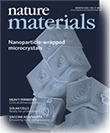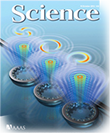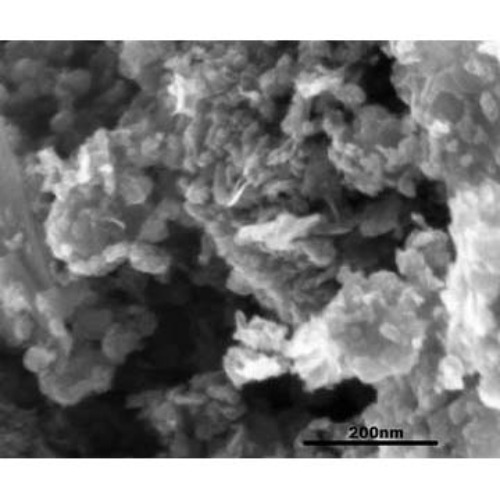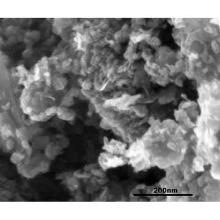 |
|||
|
|
|
|
|
Product Properties Graphene Nanopowder/nanoparticles 1~5 nm 0540DX Graphene Nanoparticles/ Nanopowder Specification for Download0540DX Graphene Nanopowder/Nanoparticles MSDS for Download Exfoliated Graphene Nanopowder, Platelets, Pristine Graphene Appearance: Black powder Graphene Thickness: 1~5 nm Graphene Surface Area: 750 m2/g Graphene Carbon: 99.5+% Health and Safety
Graphene (C) Nanopowder General Description Used a variety of biological, chemical, and medical fields, graphene nanopowder offers a combination of traits suitable to any number of applications. Depending on the exact powder utilized, it can offer benefits in tissue engineering, bioimaging, medical device manufacturing, pharmacological development, and a host of related fields. Graphene may be one of the most heavily-researched nanopowders on the market today, with its exceptional potential in medicine and related fields uncovered recently. SSNano offers graphene nanopowder in sizes ranging from 1 to 15 nanometers, ideal for any number of manufacturing or research projects. Graphene (C) Nanopowder/ Nanoparticles Applications
|
||||||||









